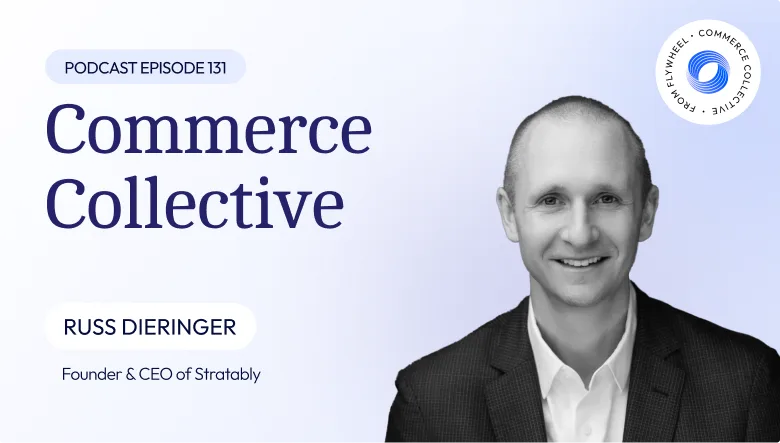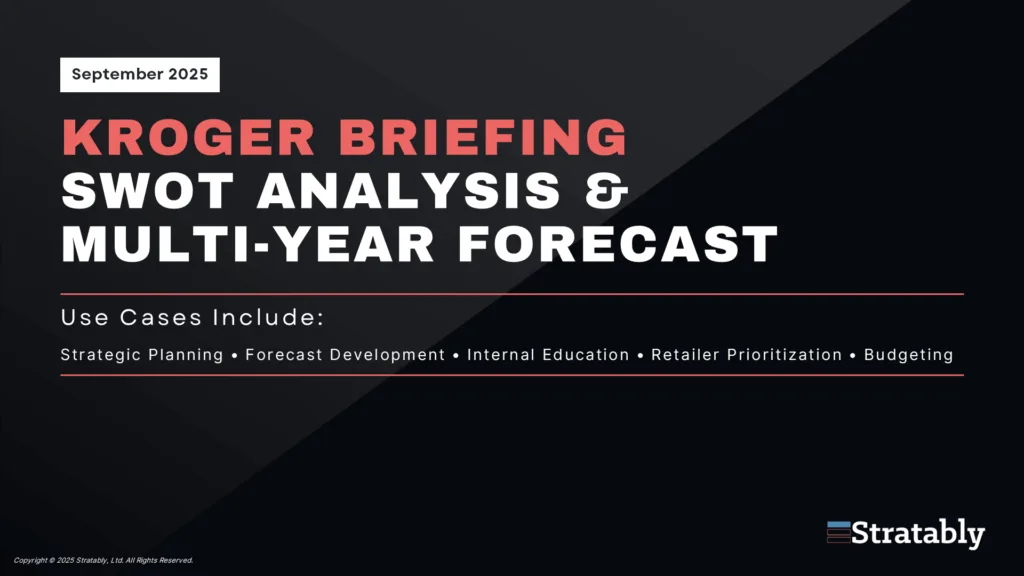December 5, 2023
Stratably hosted Andrew Hamada from Reason Automation to share a three-step process for optimizing ads for profit.
Watch the recording here
Access additional resources from Reason Automation here
Take action with this three-step process:
- Measure: Net PPM (pure product margin) and margin reporting strategy
- Add profitability metrics to weekly business reviews
- Identify outliers – areas of high volume and low PPM (at risk) and areas of low volume, high PPM (good mix shift candidates)
- Identify and dig into big changes in PPM over time or items with high gross margin but low PPM
- Translate net PPM to pure product profit dollars (PPP $) to understand dollar impact and aggregate and modify product data
- Diagnose: Granular profitability data from coop invoices and PPC reports
- Check for Amazon accuracy by reconciling sales discounts with customer shipment deductions and reconciling trade terms with distributor shipment deductions
- Reconcile by opening cases and/or see if your SAS (aka CSM, Fifth Ave., SVS, AVS) can support here
- Influence: Frameworks for retail media implementation
- Combine net PPP, chargebacks, and advertising spend for full picture of Amazon’s profitability and your investment into the platform
- Shift retail media spend into high net PPM % products
- Evaluate retail media efficiency with Total Profit of Advertising Spend (TPOAS) to find opportunities and measure impact
Here’s what we found most interesting:
- Clean-up and clarity opportunities:
- Audit the data pulled into your weekly business reviews to make sure it all 1) truly matters to the business, and 2) drives meaningful conversation and/or action.
- Ensure KPI alignment amongst all internal teams and outside agencies, e.g. are we solving for sales, profitability, or some mixture? As an example, lack of alignment can cause advertising teams (solving for sales) to over-invest in low-profit items which then leads to tough conversations and true-up investments between account management teams and Amazon (solving for profits, in this case).
- During QBRs and AVNs, emphasize the full picture of Amazon’s profitability (PPP + chargeback fees + ad spend) to show investment dollars that may be sitting in other areas of the business and illustrate your all-in budget for the platform. This full picture can be helpful internally as well to understand total cost to serve and find opportunities to shift investment for highest returns.
- Where to start: Ahead of AVNs, steps 1 and 2 (Measure and Diagnose) can arm you with better data, signal to your vendor manager that you’re aligned with them, and can show you’re sophisticated in how you look at the business (which can impact the AVN dynamic).
- Time to Influence: Step 3 (Influence) may not unlock meaningful profit dollars overnight, particularly for larger businesses. However, early test-and-learns with this framework can identify bigger opportunities and can show your vendor manager you’re taking active steps to improving their net PPM.
- Amazon’s new customer segmentation tool in Brand Tailored Audiences allows brands to begin applying this framework at the customer level as well, in addition to the product and portfolio level. For example, brands can target promotions and advertising to specific RFM (recency, frequency, monetary) segments. Note, the most opportunity may lie outside of the obvious high-value segments but instead in places like recently churned customers or new customers that are not yet loyal.



